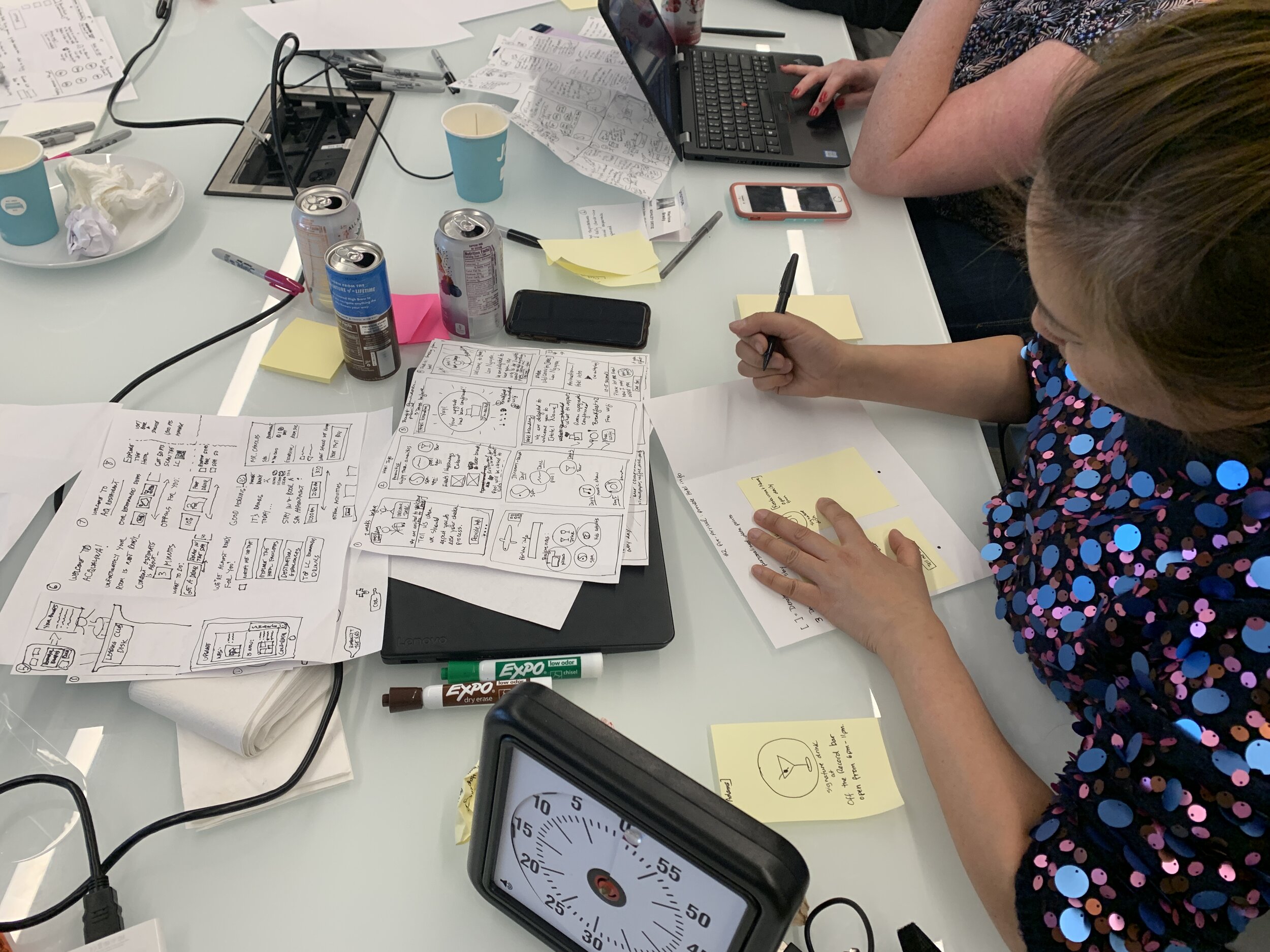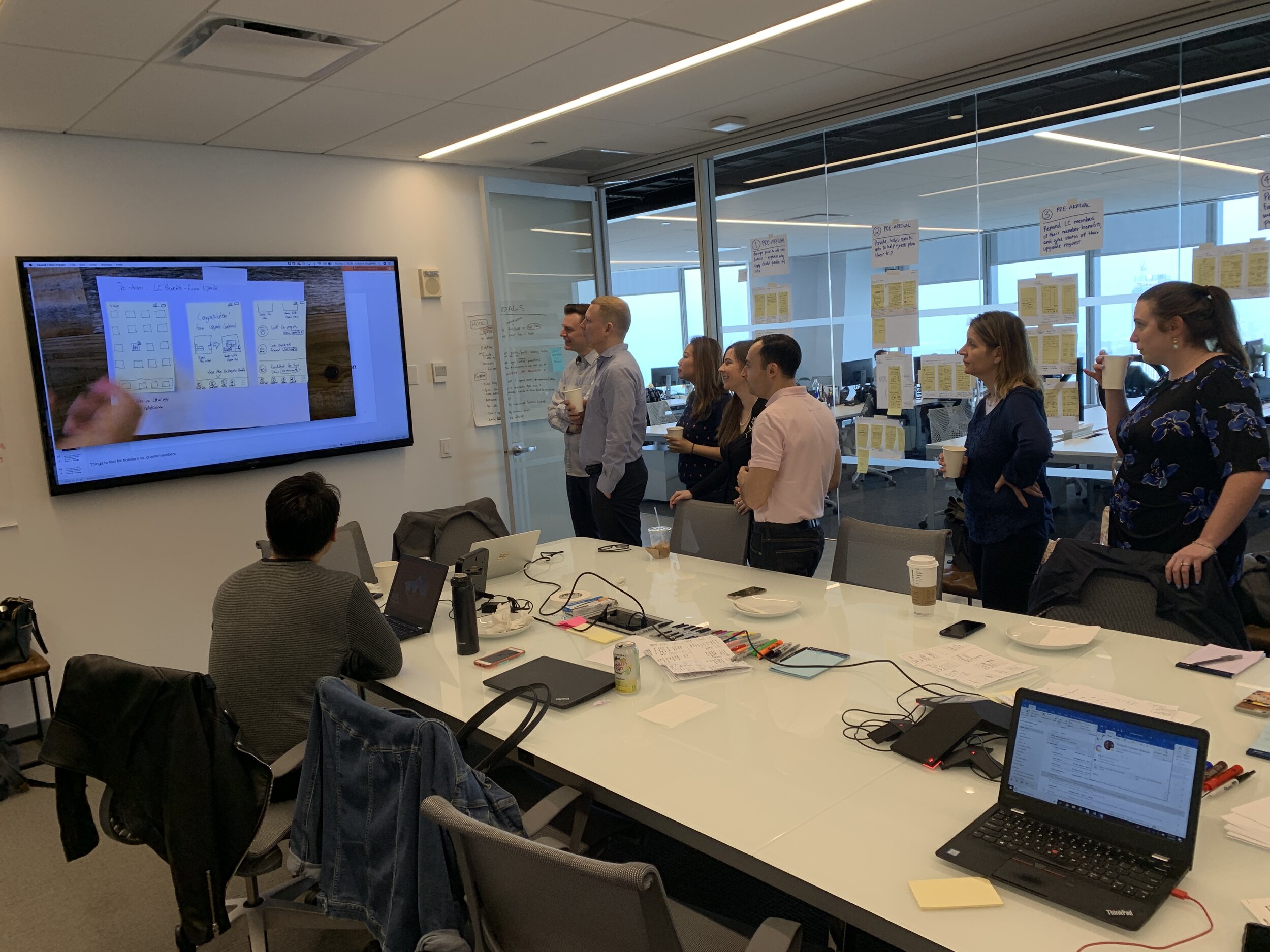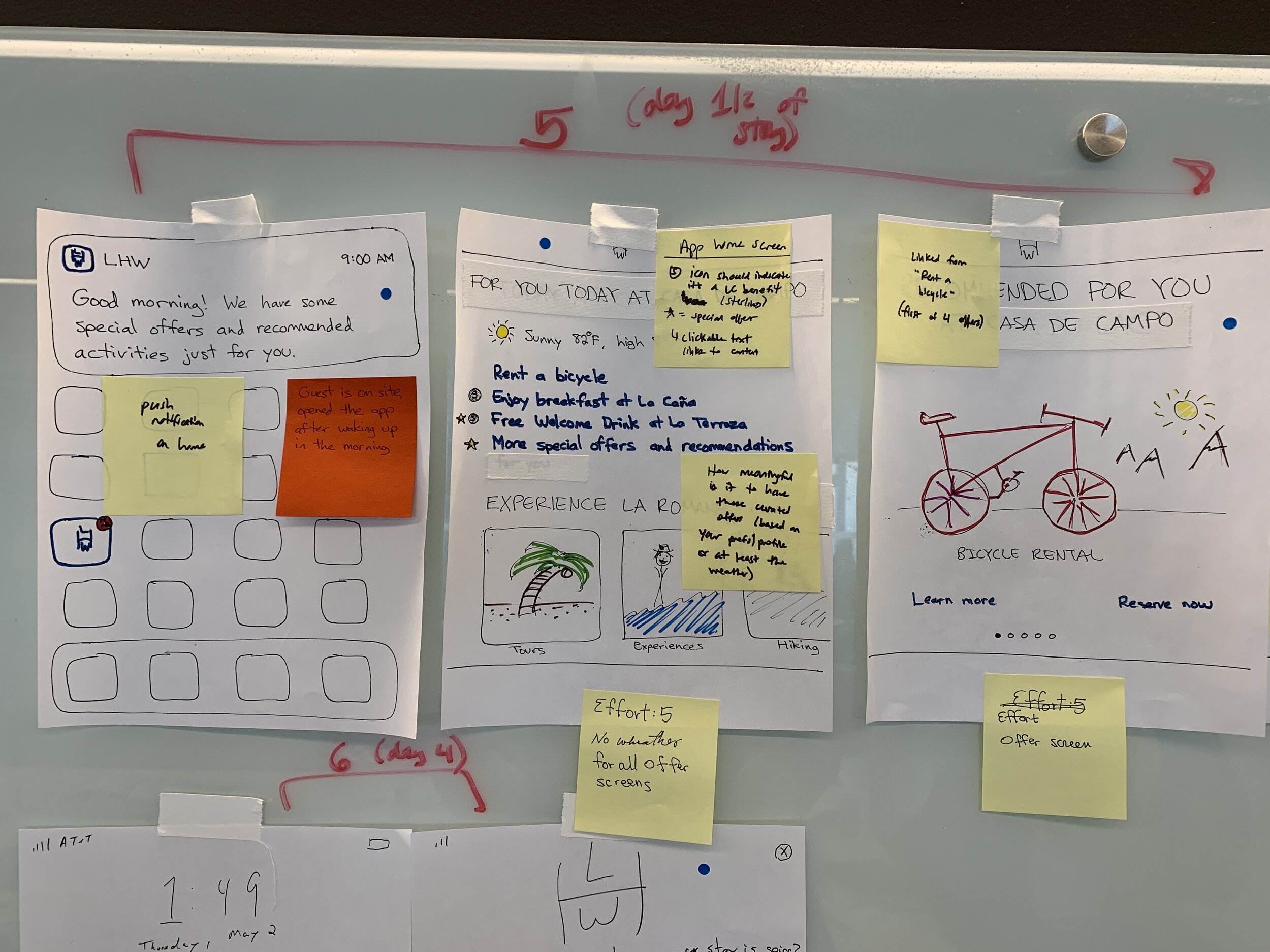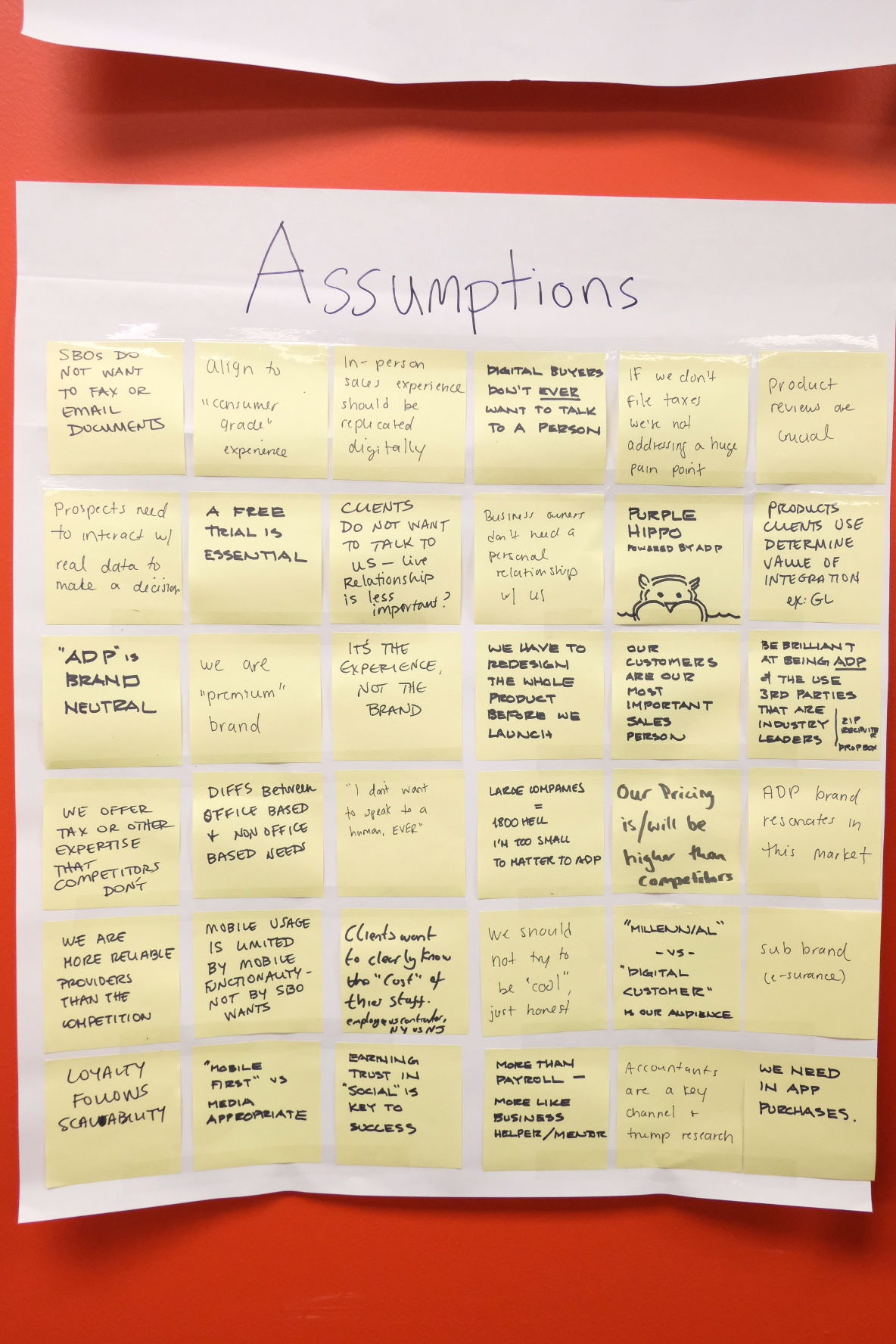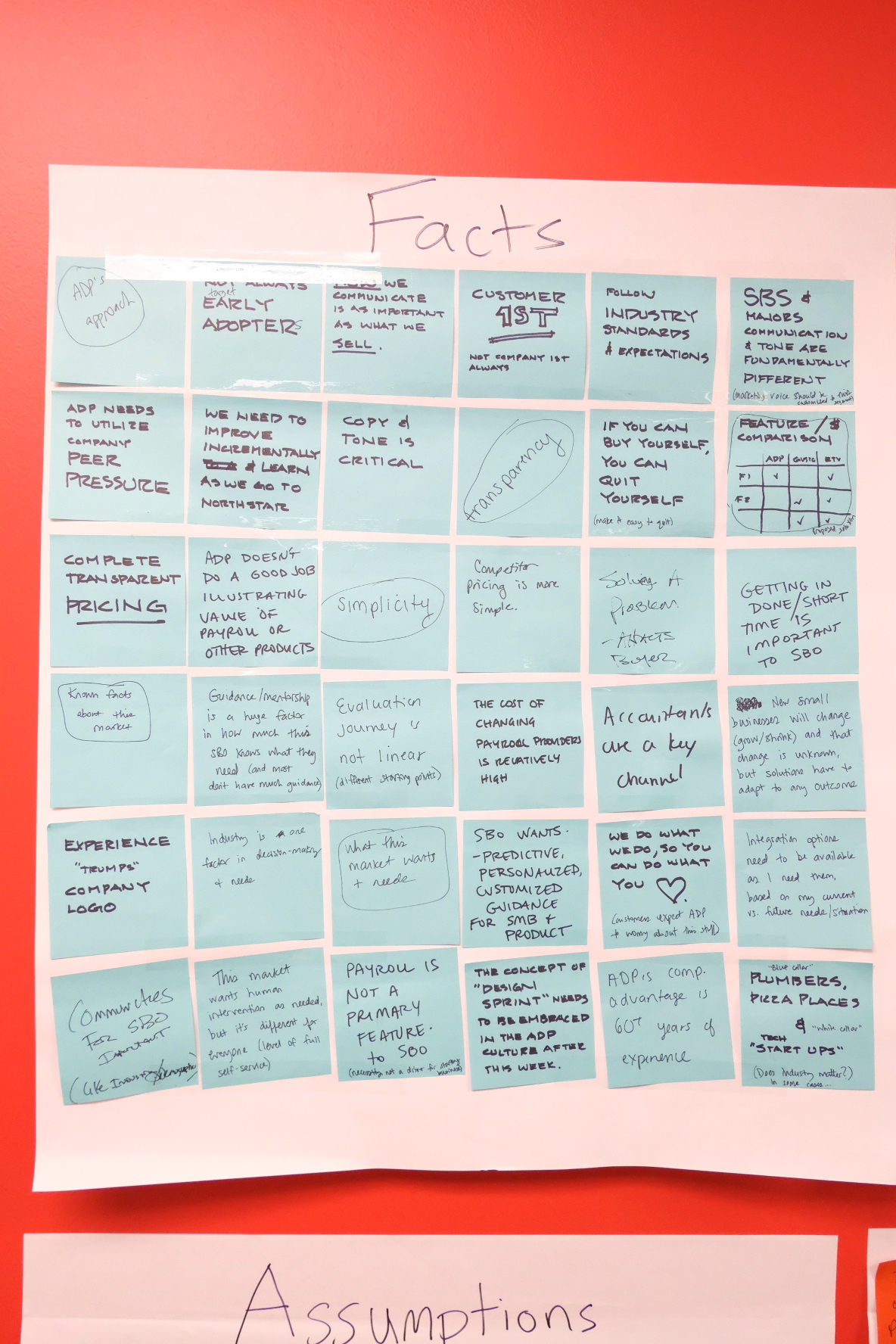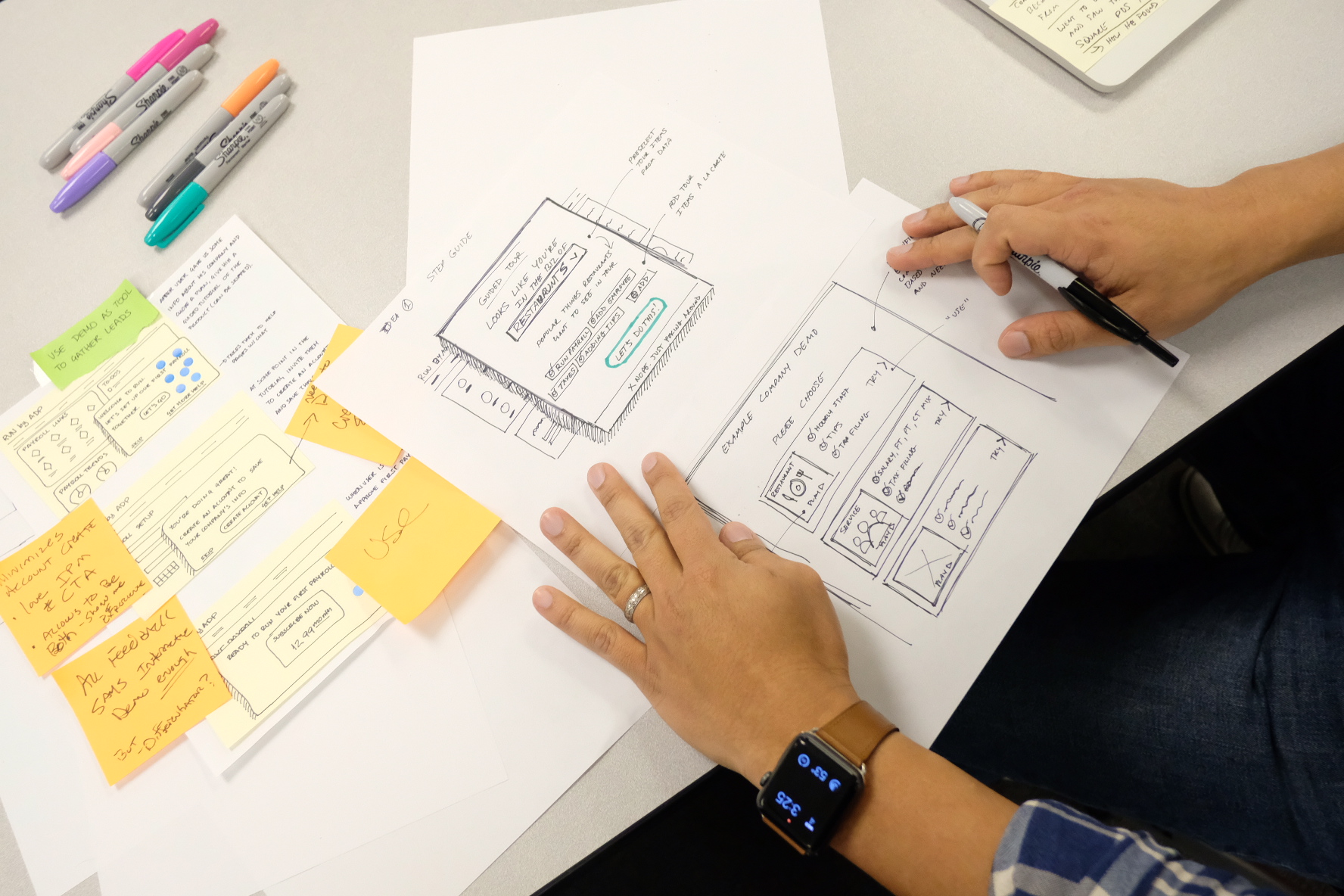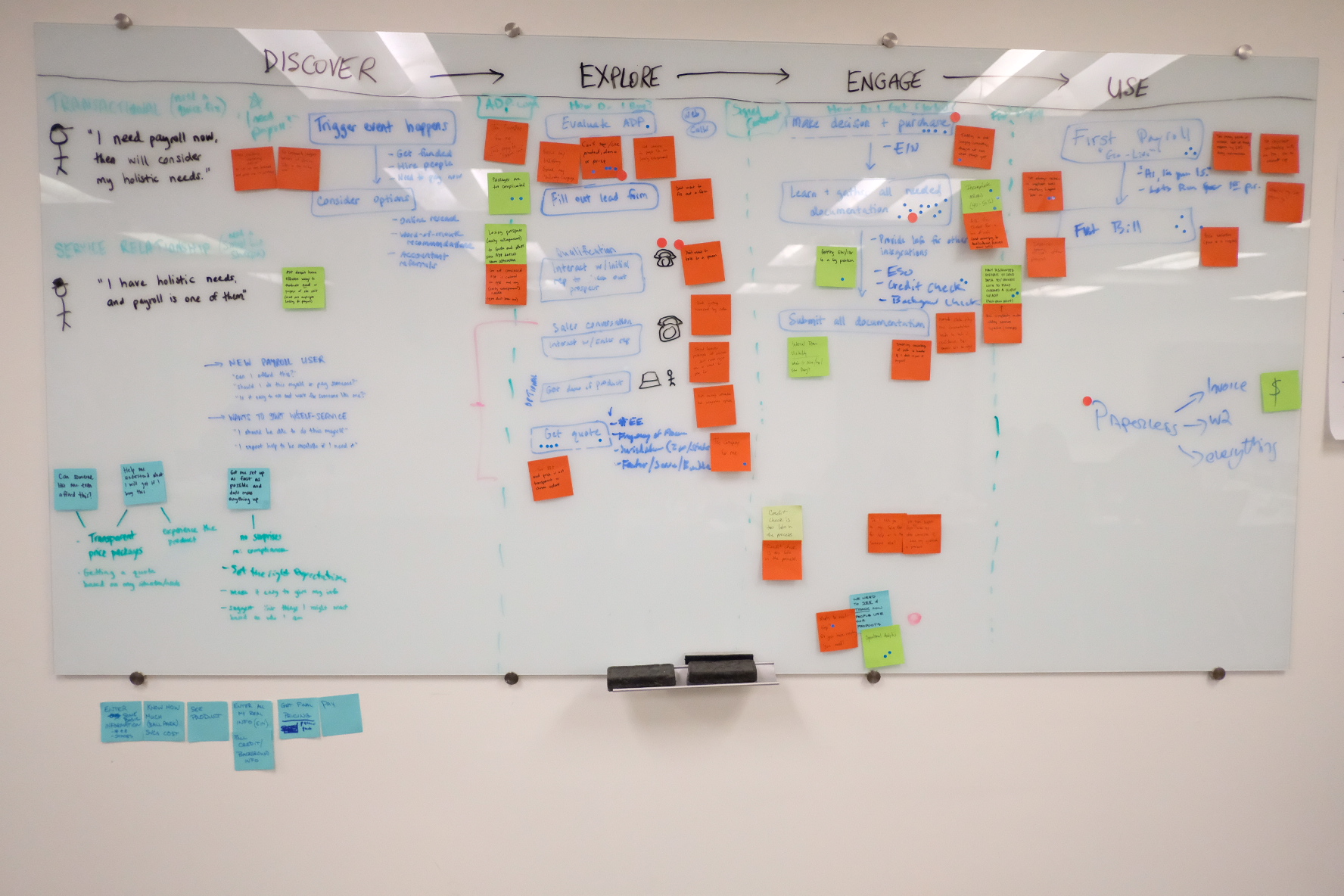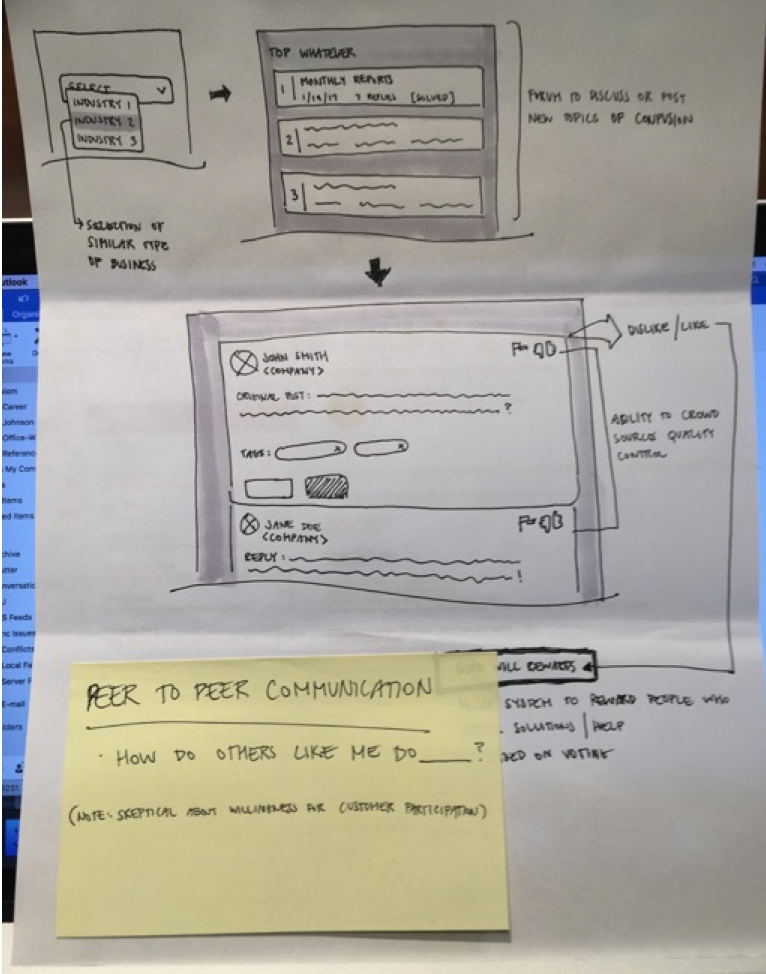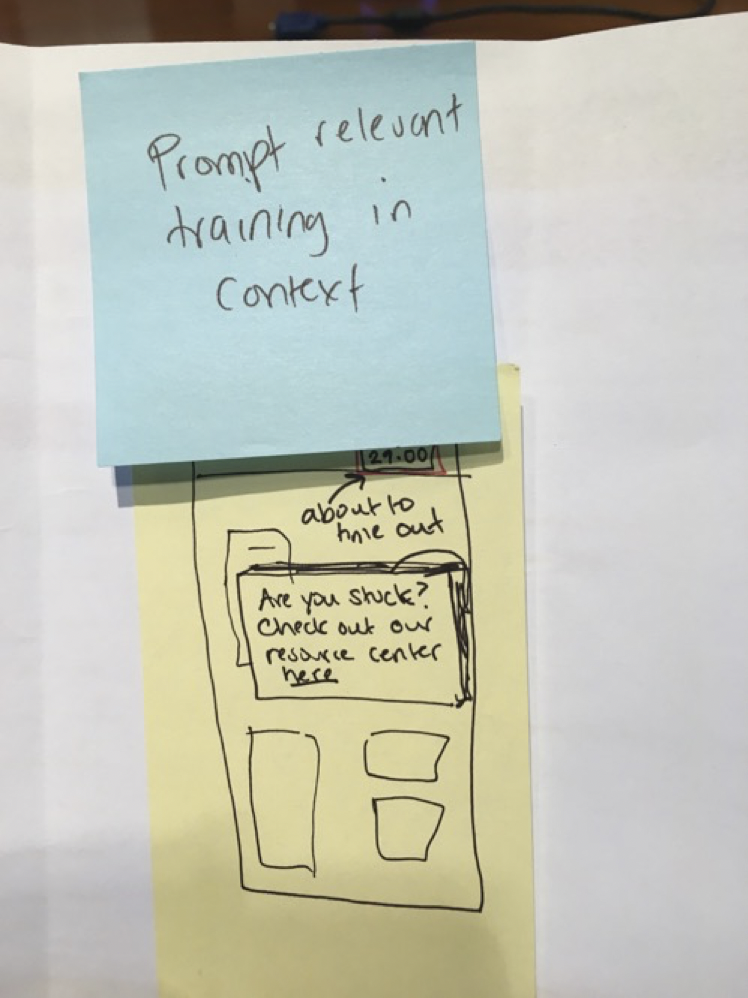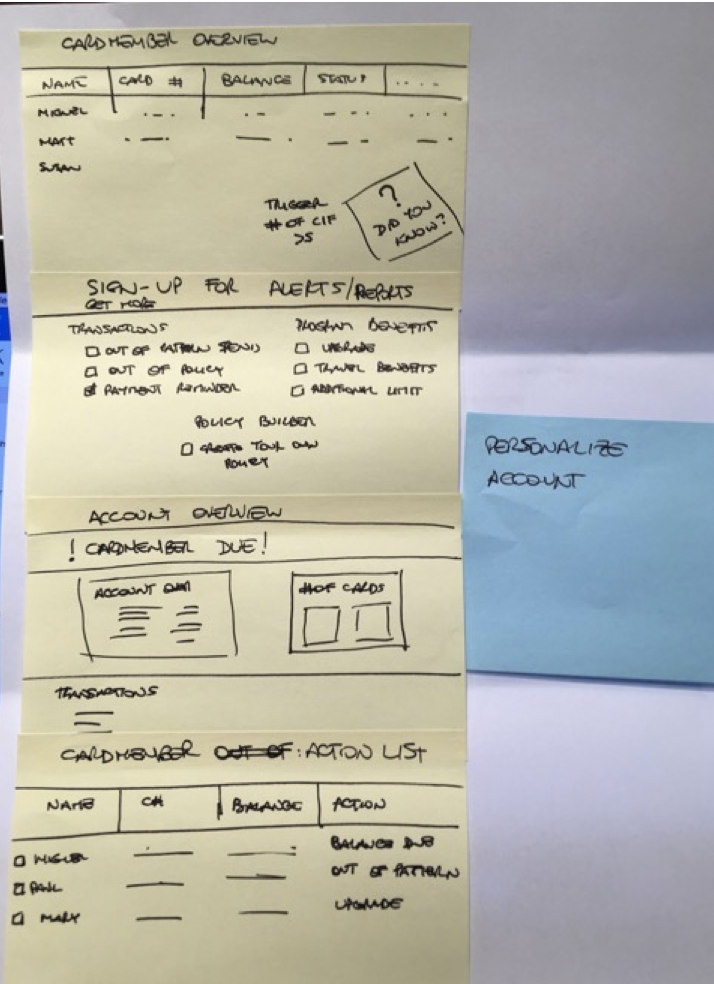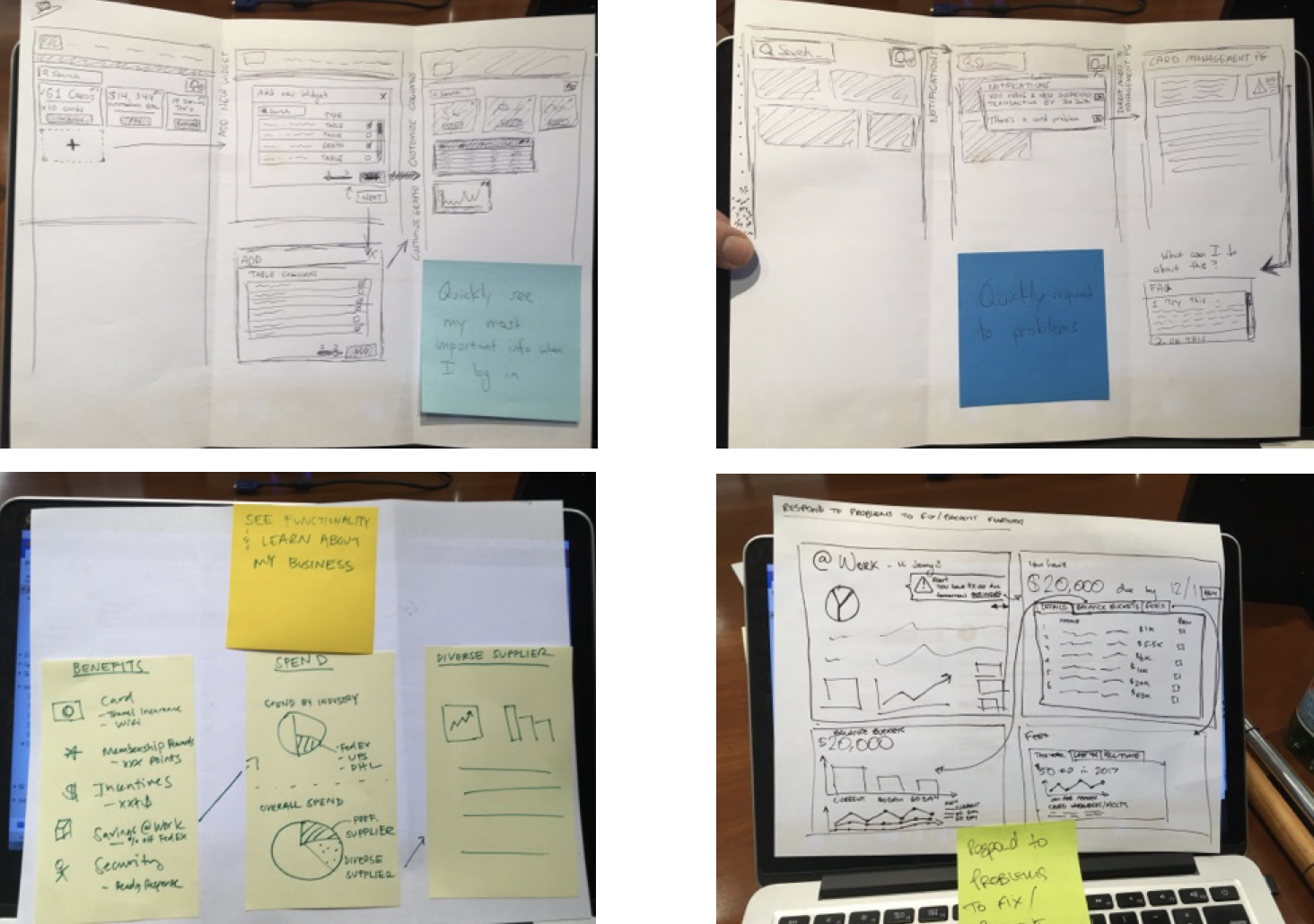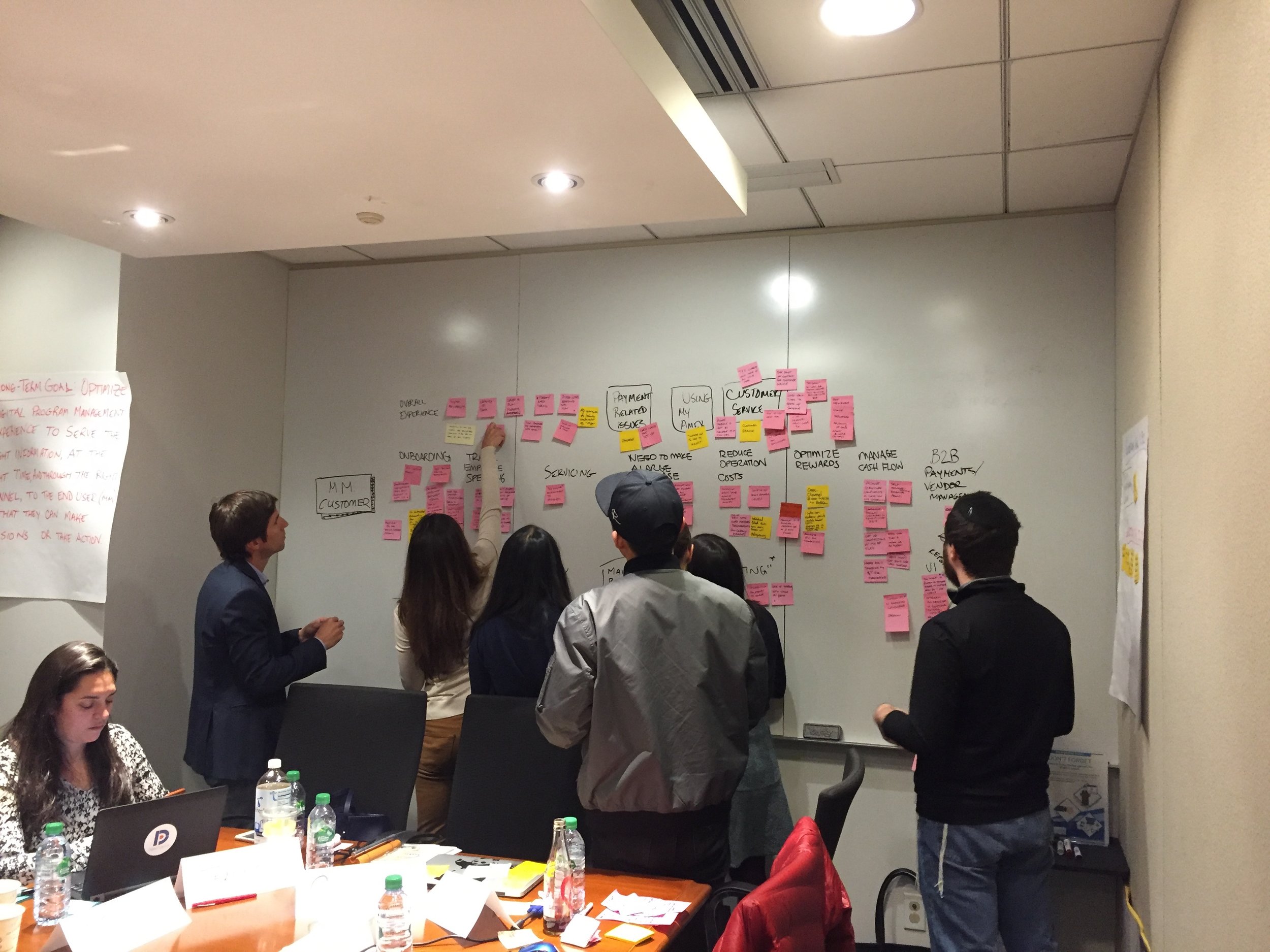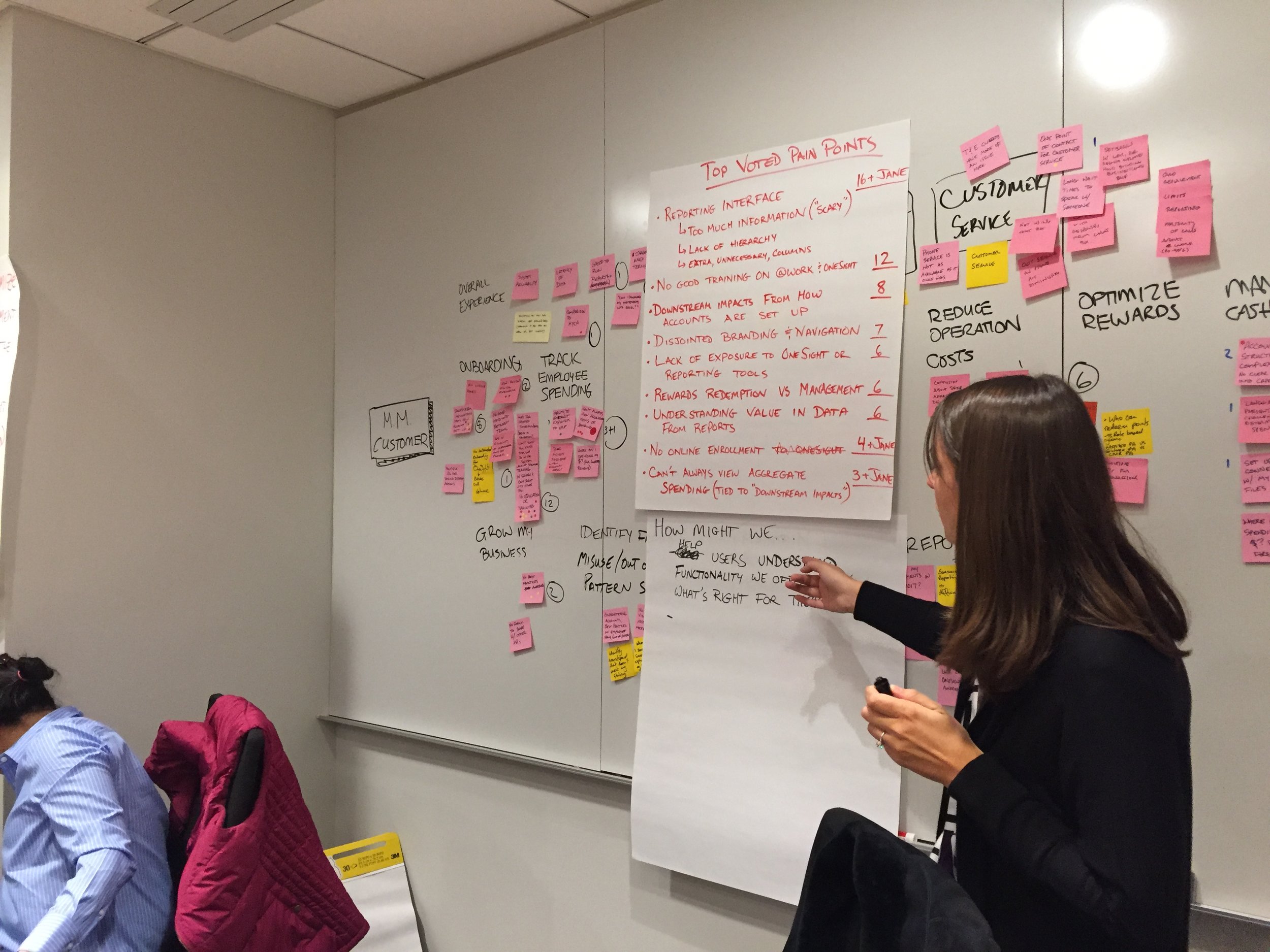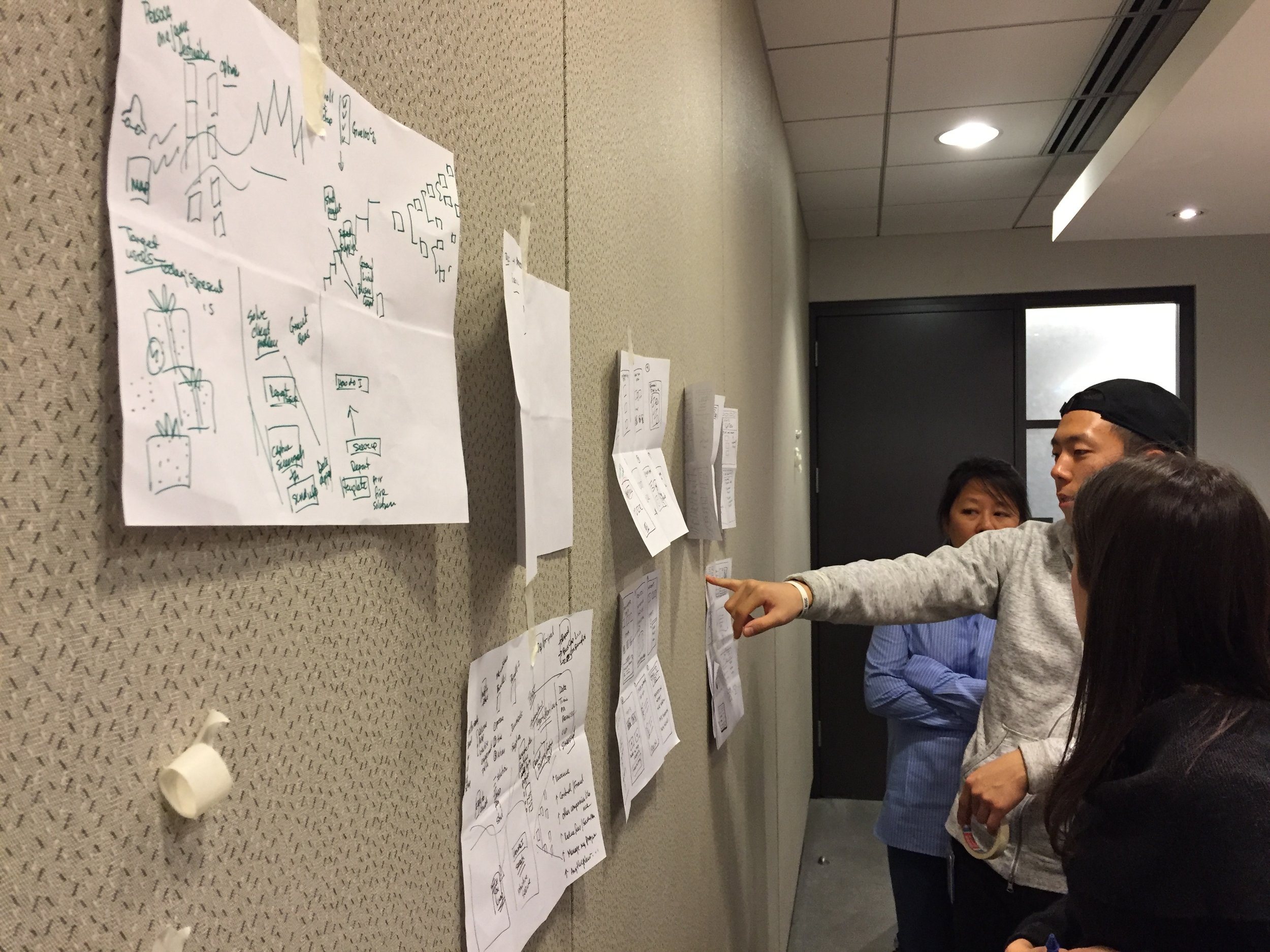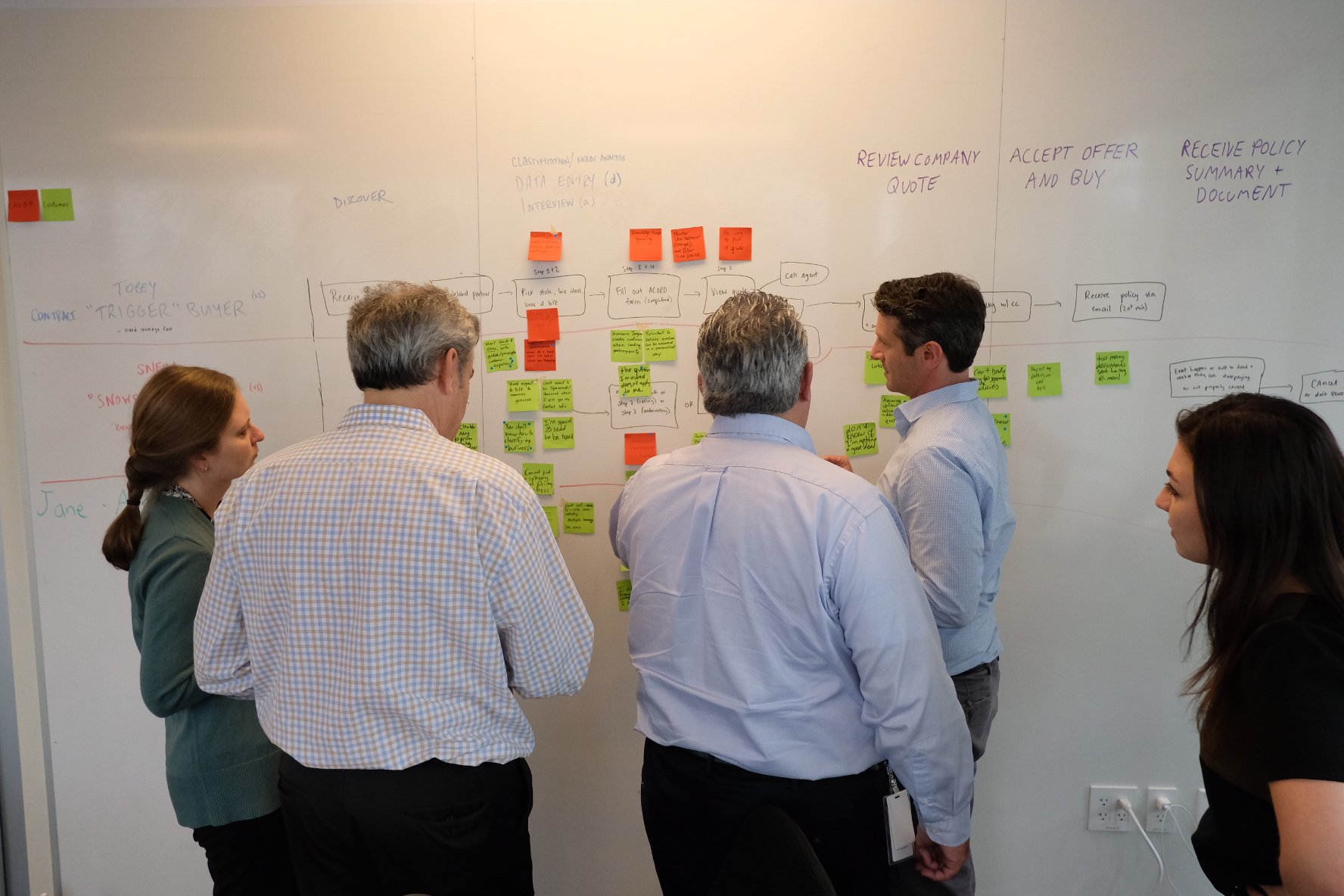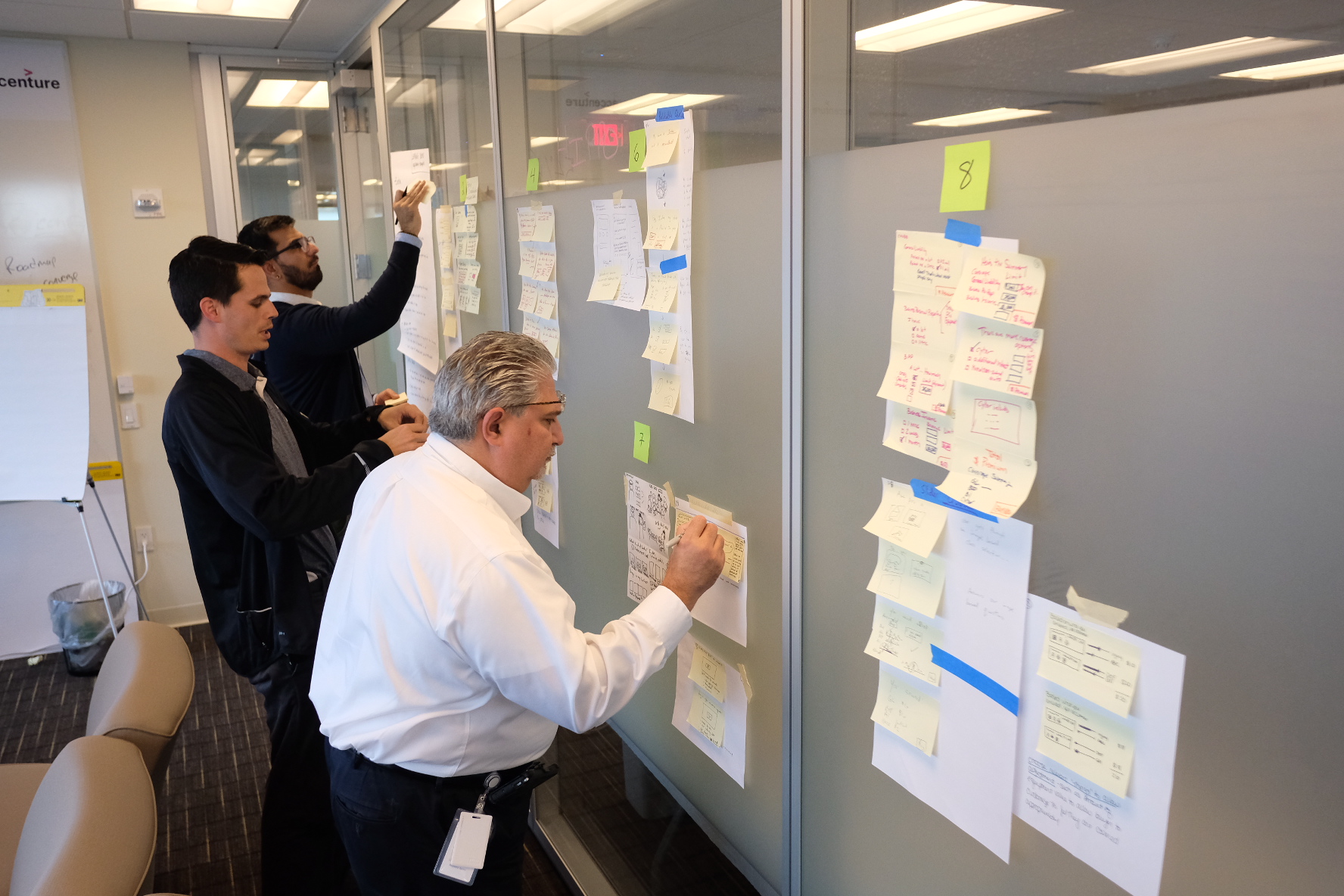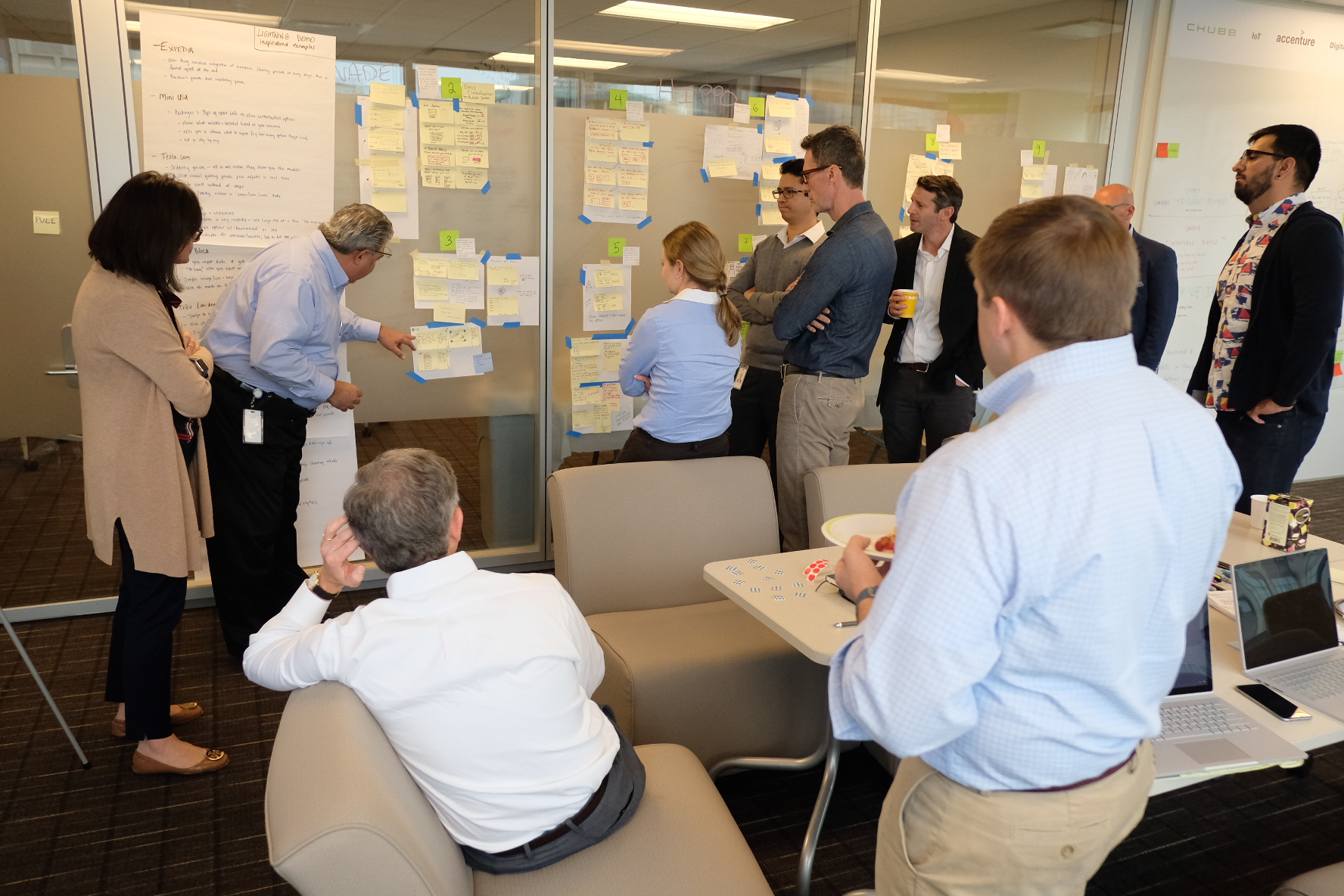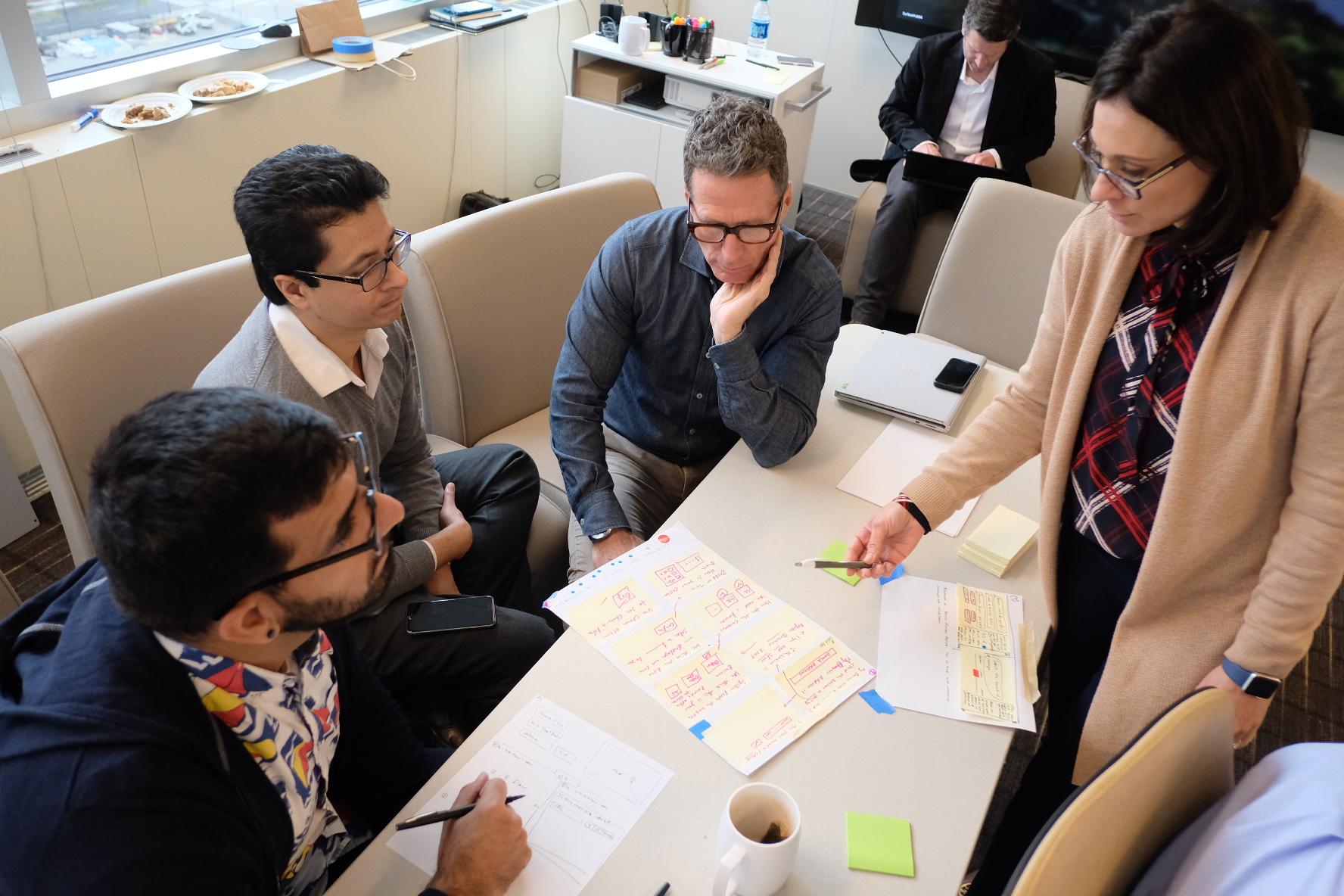Context
A luxury hospitality brand had done ample research to understand what its customers – existing members and prospective guests – wanted and needed while booking their hotel stay, but needed more ideation around how to support other parts of the travel experience.
Challenge
Define requirements and design concepts for the initial MVP feature set of a mobile app. The app should meet the needs of three tiers of members, two tiers of non-members, as well as individual hoteliers and the overall brand. Emphasis was on meeting or exceeding guests’ needs while allowing each hotel and resort to maintain and promote their unique benefits, and more fully communicate on-property amenities and activities.
Approach
Because the client had come prepared with customer research, and had done months of internal work to align on brand values and overall product strategy, we started in a great place to drive ideation. We quickly identified where holes existed in our understanding – particularly, the on-property guest experience – and mapped assumptions against existing user data. Personalization was an important theme that informed our feature set, and solution ideas were created against eight areas. The prototype was tested by two groups over two days: users representing different tiers of membership, as well as select hoteliers, and we added an additional week for updating the prototype and create a draft backlog of user stories.
Outcome
The response to the prototype was extremely positive, and we received interesting feedback on the tone of messaging within the app; this was an audience that preferred direct language, but not informal language. Testing made it clear what to improve in our prototype, and where we might want to expand the feature set. After the sprint, we presented findings to the company’s executive committee at their annual meeting, and successfully demonstrated the brand’s commitment to faster agile processes through design thinking methods.


